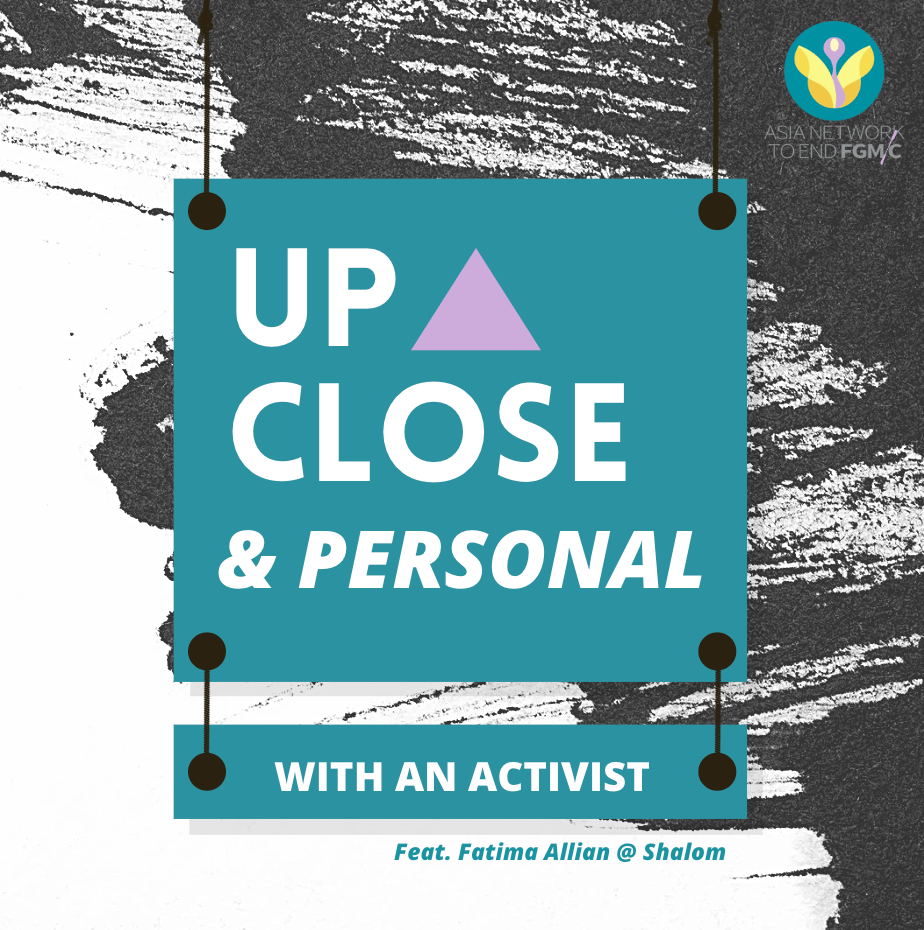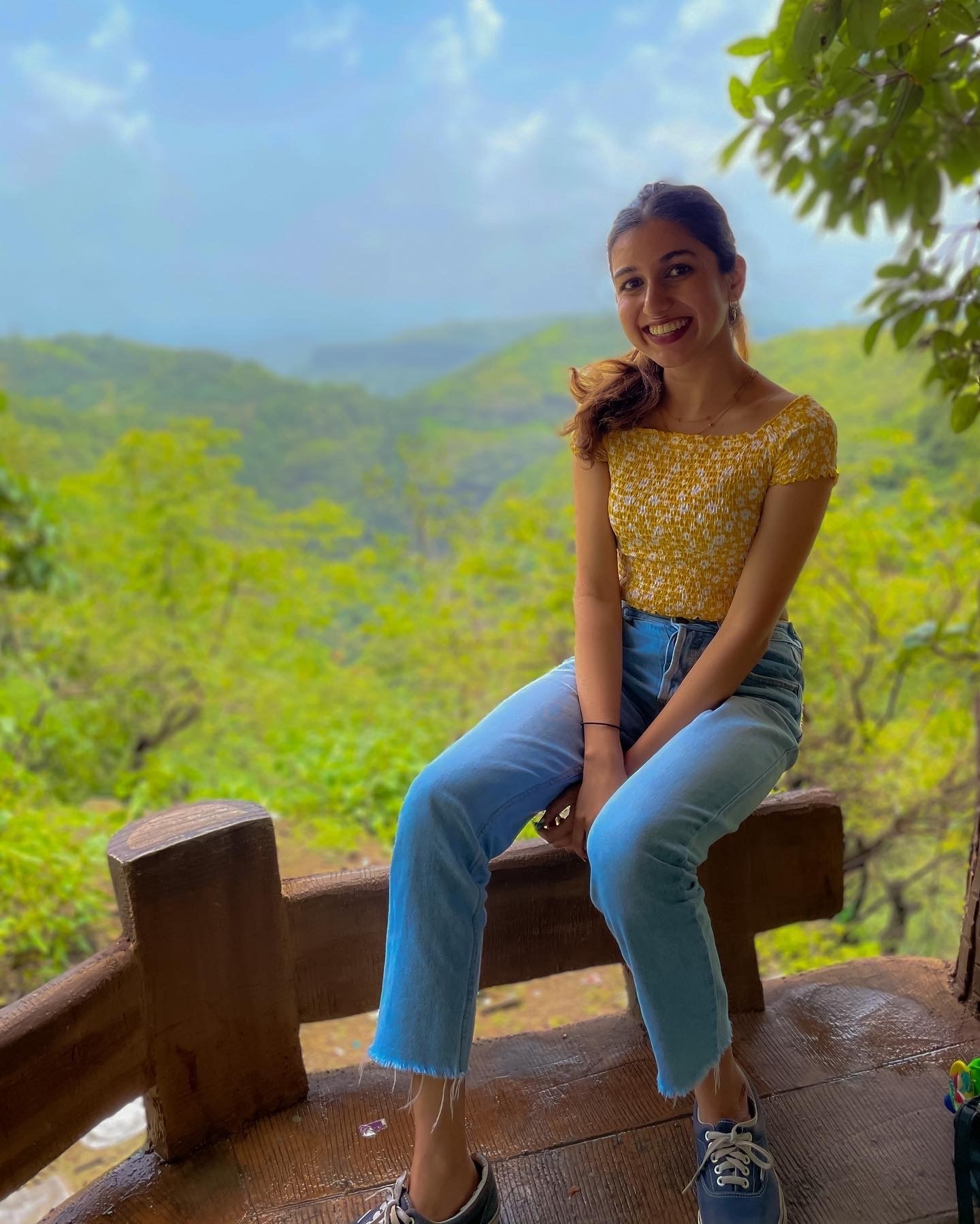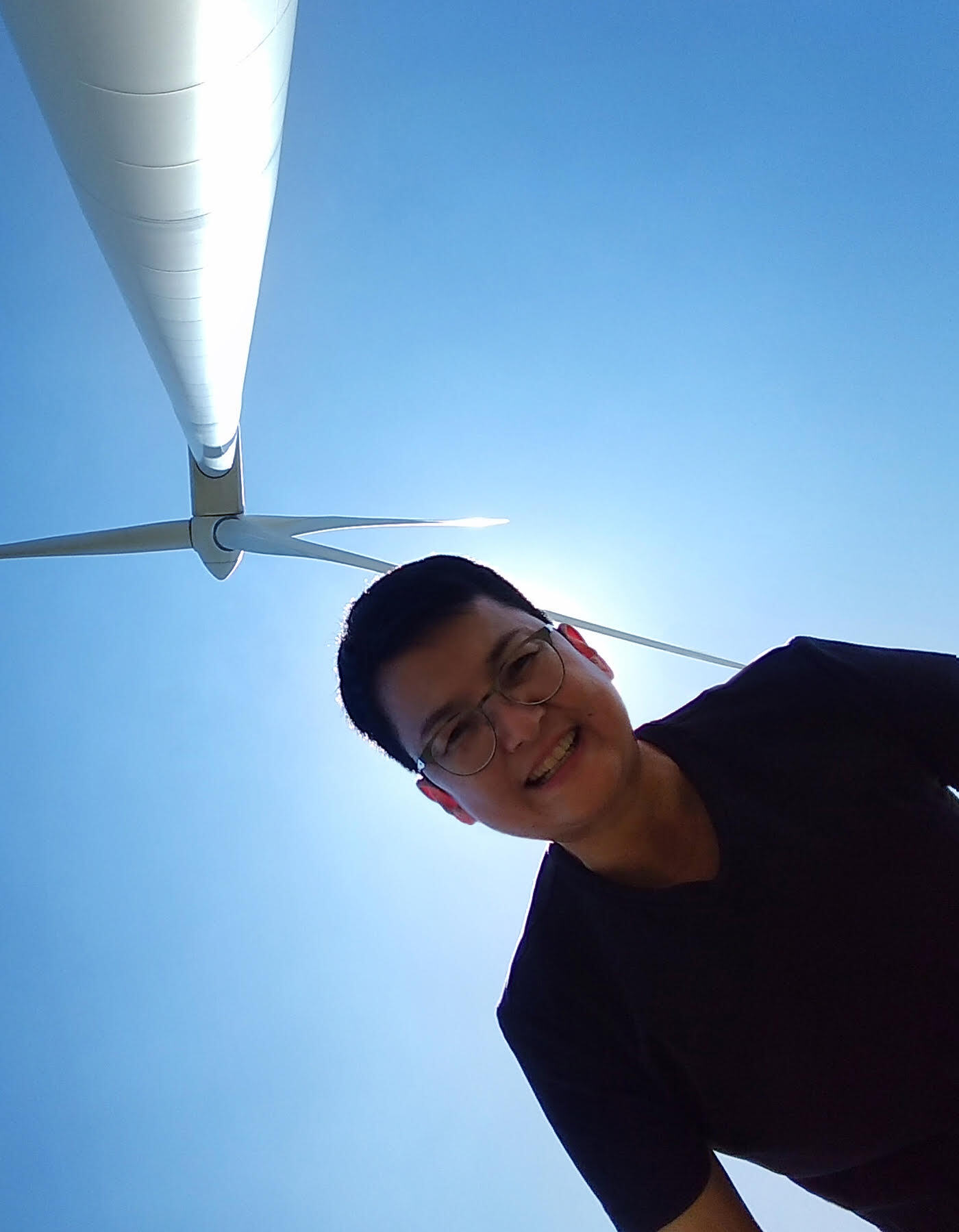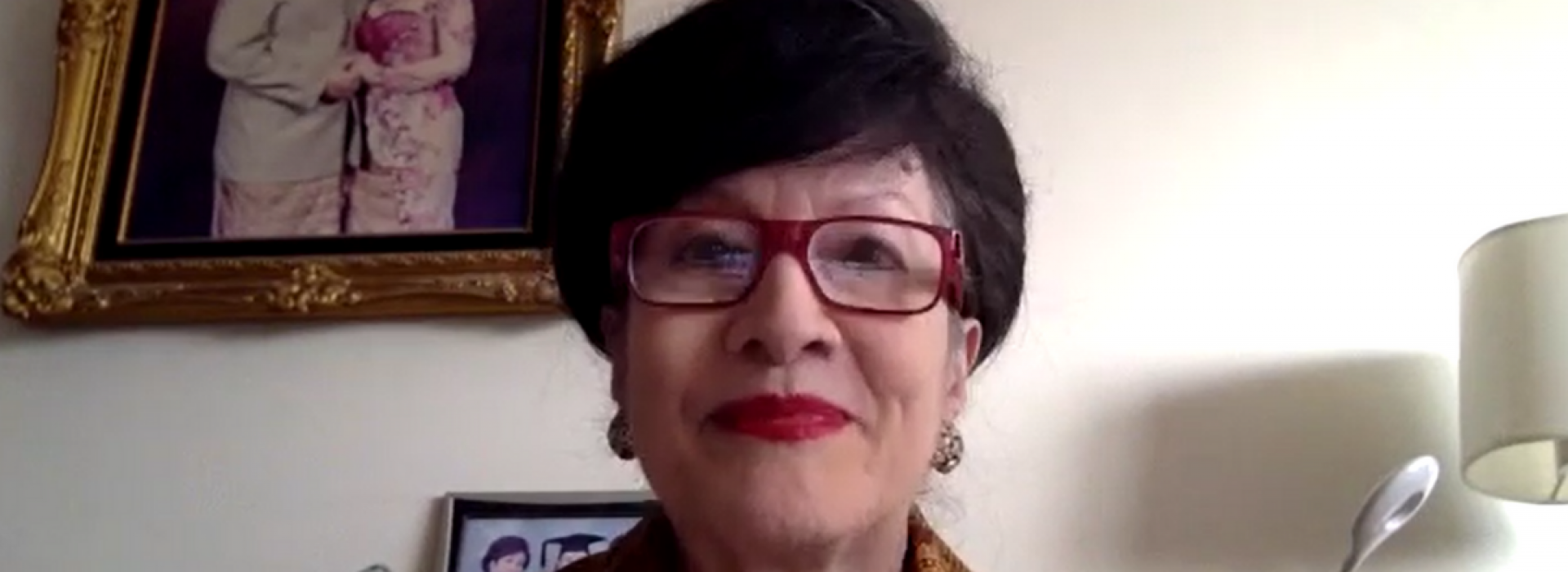Join us as we learn about FGM/C in the Bangsamoro region in the Philippines through the lens of a homegrown activist, Fatima Allian @ Shalom.
- Share with us about your organisation and its work surrounding FGM/C
Nisa Ul Haqq Fi Bangsamoro Inc. or Women for Justice in the Bangsamoro is a group of Muslim women NGO leaders advocating for women’s rights in the context of Islam and culture. In 2019 Nisa was invited FGM/C as part of an exploratory research in the Bangsamoro region. This was initiated due to the dearth of data on both FGM/C practices and its impact on women and girls in Bangsamoro. This is the first FGM/C in- depth research in the Bangsamoro region.
- What are some latest important finding on FGM/C in Bangsamoro?
Type of FGM
Bangsamoro girls as young as two months old and older women as old as late 20s are subjected to type IV. Blades, bamboo sticks, small knives,needle nail-cutting knives and cotton are interchangeably used depending on the traditional birth attendants’ (panday) preference.
Medical Practitioners and Government leaders
In the research, all the medical practitioner key interviewees strongly believe that this tradition is Islamic. Medical practitioners not only encourage this practice as it is deemed as a religious obligation, but they also enable the perception that FGM/C can control the haram of lustfulness. Ultimately, the medical profession also reflects the bigger social norm that puts FGM/C as a way to prove one’s strong dan devoted faith to Islam.
Economic implication for non-circumcised Moro and revert women
Social stigma against Moro and revert Muslim women who are not cut or circumcised will bear the cost financially as the community will stop buying from them as their businesses are deemed haram.
Deprivation of quality of childhoods and life
This practice is silently signaling the immediate transition from childhood to puberty indicating her readiness for womanhood despite her very young reproductive age. That at the onset of her menarche, limits her opportunity to advance self development for her future and puts her at risk for reproductive health related problems due to betrothal arrangements of the elders.
- As a field researcher, what was your key takeaway when engaging with the community throughout this study?
This research reminded me of the differences that exist within the communities. Our Bangsamoro girls and women’s lived realities should be acknowledged and documented so researchers and lawmakers have a better idea to formulate impactful and survivor sensitive policies that will benefit and protect them optimally.
- How has the COVID-19 pandemic impacted FGM/C in the Philippines?
On policy formulation and advocacy work against the practice of FGM/C, we were not able to sustain the momentum after the presentation of the research with selected Ministries and members of the parliament due to the first (2020) and second (2021) wave of the pandemic in all areas of the Bangsamoro Autonomous Region in Muslim Mindanao (BARMM).
- Who are the key stakeholders to engage as allies in anti-FGM/C advocacy in the Philippines, and how should we engage with these groups?
The potential allies are policy makers of the BARMM, senate and congress' women, children , education and health committees respectively, religious leaders , academic institutions, peace builders and peace makers, SRH and human rights network organizations. Exploring engagement activities such as series of dialogues, presentations of research and formulation of policy papers that can popularise strong anti FGM/C advocacy and lobbying works in the country.
- In your experience, how can CSOs and grassroots organisations working on FGM/C engage donors or the international community to fund community-led research?
Utilising the political track of the peace processes between the government of the Philippines and the Moro Islamic Liberation Front and the national elections in 2022 is an entry point as well. This shall leverage FGM/C a national issue of concern in combating SRH implications, protecting the bodily integrity of women and girls and ending child marriages.
- Why is it so important to have a network such as the Asia Network to support activists in the region? How can the Network help to increase awareness of FGM in Asia?
There is power in numbers and that is definitely helpful in creating ripple effects in any advocacy and lobbying work. When policy makers and donor communities feel our presence in different parts of the world calling for an end to a harmful traditional practice, they cannot afford to recognise the call to end FGM/C as a form of human rights violation against women and girls. There is a need to strengthen the call using IEC online and other platforms such as social media and academic institutions. The network can engage with the community partners of activists to develop sharper gender lens and understanding on Islamic rulings on FGM/C. The production of IEC in local languages used in the madaris, community dialogues and local radio programs encourages activists to articulate effectively in engaging with local, national and regional policy makers and donor communities.





